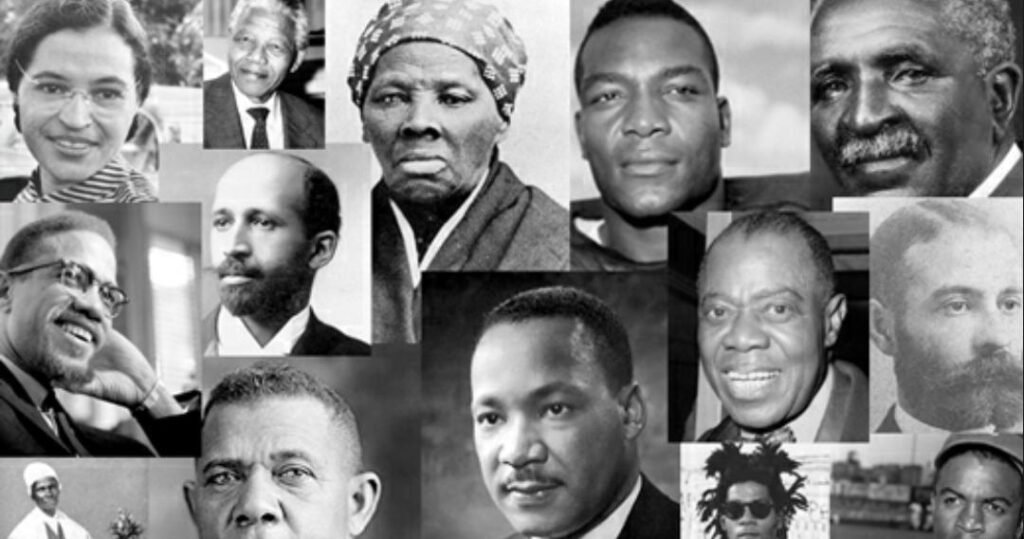A good leader has to posses certain qualities in order to be labelled fit to lead. Leadership as a term on it’s own can be defined as the art of motivating a group of people to work towards achieving a common goal. Leadership can also be defined as guiding a group of people to perform a task from which common desirable results are expected.
As a leader, the ability to carry the weight of other people on your back is not an easy task. You have to set the pace, and by setting the pace I mean you are going to be some sort of role to model.
As the boss, the fact that you’re in charge doesn’t automatically imply that you’re a good leader. There are necessary leadership qualities which determine the effectiveness of your leadership.
1. Always be confident in whatever you do.
Firstly, as a leader, you must be able to exhibit confidence in whatever do you whether it’s dealing with other your people or when it comes to making decisions for your team. You must leave no room for insecurities, your followers wouldn’t want to be led by an insecure person. Nobody will believe in you if you don’t believe in yourself and there is no doubt you’ll have the respect of your followers when you believe in yourself.
2. A Source of Motivation & Inspiration
You need to be willing if you want others to follow in your footsteps. If you aren’t a person that can help others grow then you should not be a leader in the first place. You must be ready to inspire the people you lead. You need to be visionary. How do you do this? By creating goals and actually working hard towards achieving each one of them.
3.Your ability to communicate effectively.
The third quality is the possession of good communication skills. Lack of effective communication from a leader to his subordinates doesn’t guarantee desirable results in any setting.
Since the aim here would be to collectively achieve a common goal, if your followers don’t understand what you stand for, you can never be a good leader. Also, be aware of some nonverbal cues too. And also bear in my mind that communication is a two way street. Research suggests that nonverbal communication is just as important as what a person says—maybe even more. Facial expressions, hand gestures, posture, eye movement and eye contact all play a major role in effective communication.

